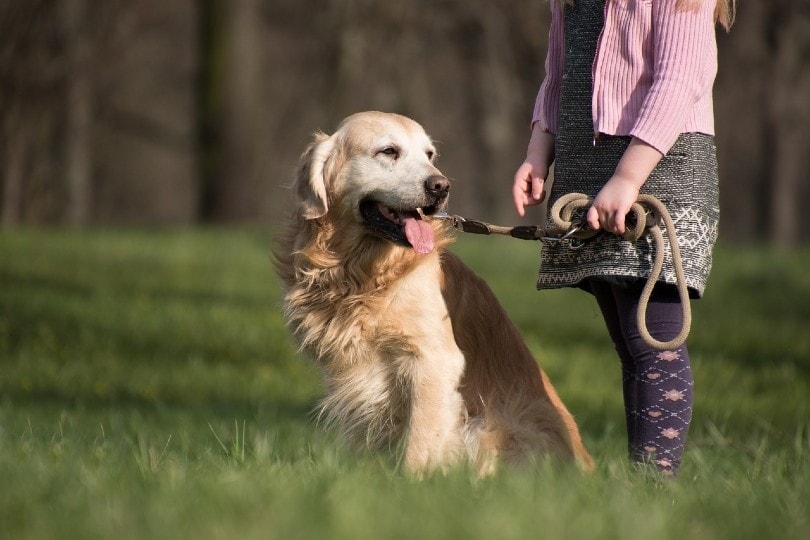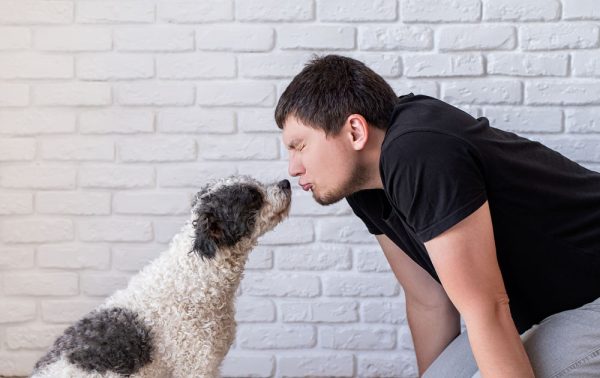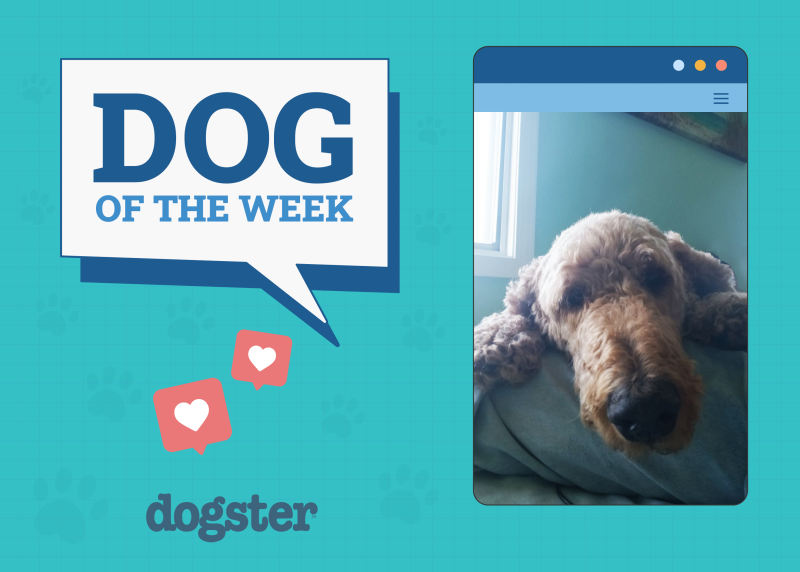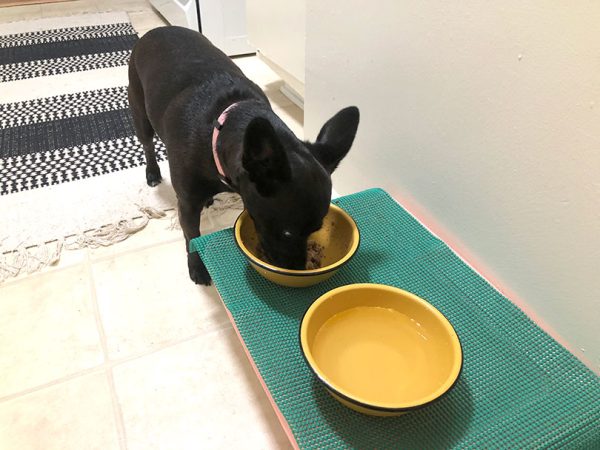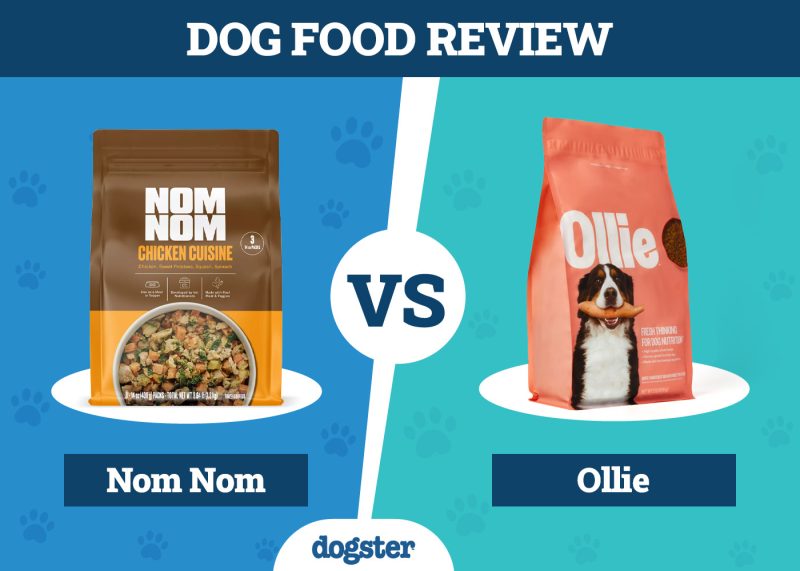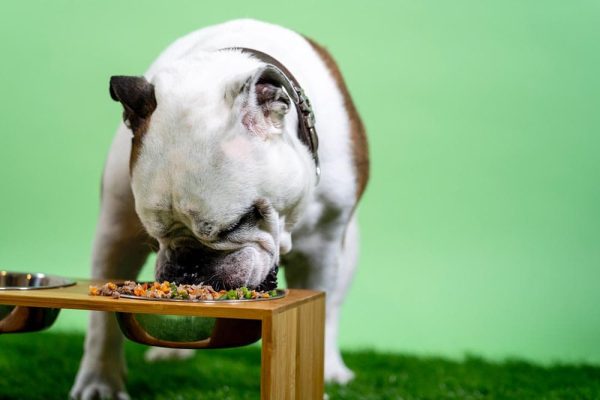Animals entertaining us with their strange behavior can positively impact our emotional health. You may have a child who has asked you repeatedly about getting a pet, and you haven’t made a final decision. If you have the resources to care for a pet and no one is allergic, they can be an excellent addition to the family, and we’ll examine why below.

The 10 Reasons Why Pets Are Great for Kids
1. Teaches Responsibility
Tasks like cleaning out the fish tank or taking the dog for a walk teach children to be responsible and give them a sense of achievement. It teaches them dependability. If you need to take the dog for a walk after being out of the house all day, you’re teaching your child the importance of thinking and empathizing with another living creature that is also dependent on them. Pets will also offer a sense of empowerment. Children move through the world having decisions made for them, but keeping a pet can make them feel more grown up.
2. Provides Companionship & Comfort
Children can find security and support from their pets, which generally means they often feel less anxious or withdrawn. Pets can also help with confidence and learning. A child who is reluctant to read aloud in school might feel more comfortable reading to their pet, as they see them as a nonjudgmental audience they can practice on.
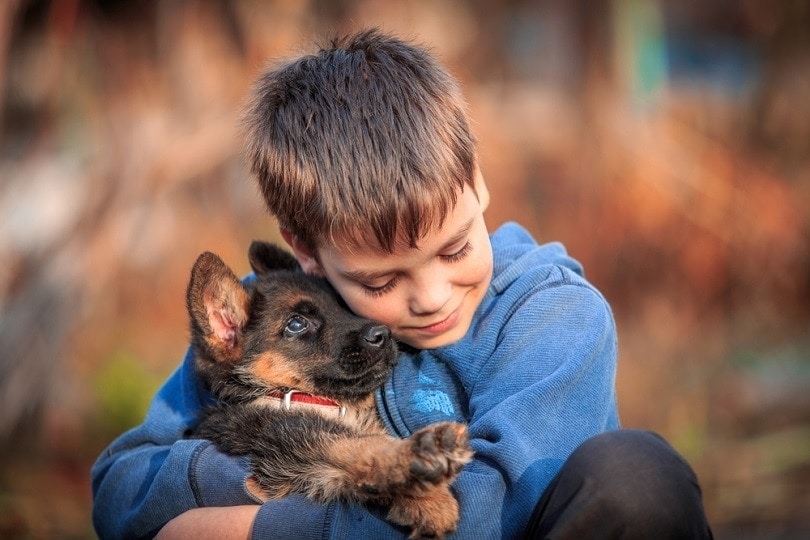
3. Encourages Activity
Pets encourage owners to take them for walks or play with them, so owning a pet gets your child outside and moving. This will benefit their overall health.
4. Reduces Allergies
A study in 2017 found that babies with pets in the home may be less likely to develop allergies because they are exposed to allergens such as pet dander and dirt that their pets have brought into the house while reducing the presence of certain bacteria such as Streptococcaceae and having an impact on the gut microbiome. 1
5. Strengthens Bond With Family
Pets are instrumental in bringing people together. You can participate in activities with your child and pet, like walking the dog or feeding them. They’re simple tasks but can be enjoyable, especially when done together.
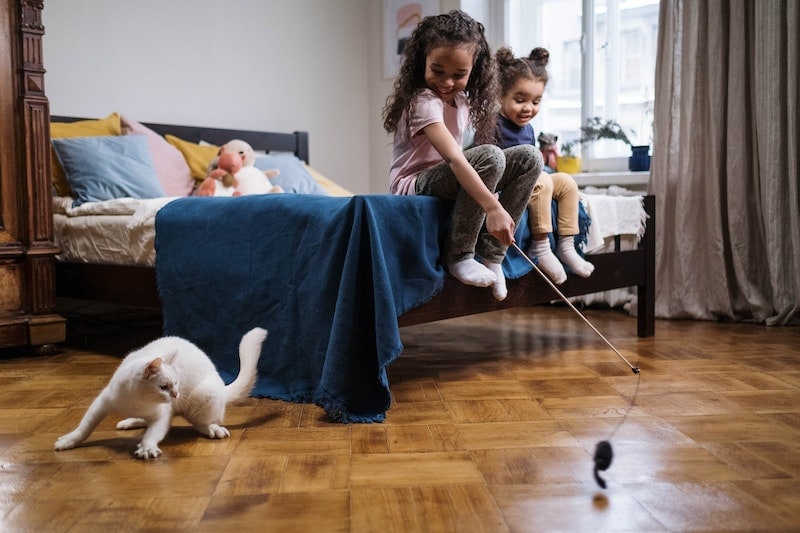
6. Reduces Anxiety
Stroking an animal has been known to have a relaxing effect and decrease anxiety levels. This doesn’t just extend to pets that children can cuddle; talking to a bird or a fish can also benefit a child’s temperament.
7. Teaches About Loss or Grief
Pets are often seen as family members; they teach children how to deal with grief when they die. Loss is complex to navigate, and sometimes, a pet dying will be the first time a child experiences the death of a loved one. Children learn coping skills and the importance of a support system as you help them process this loss.
8. Pets Can Change Behavior
Pets have needs and personalities that are their own. They make mistakes, get scared, and have strengths and weaknesses. They also need to communicate their wants and needs, and your child will need to learn the pet’s routine and anticipate their needs. They will learn to be tolerant of differences and accept new responsibilities.
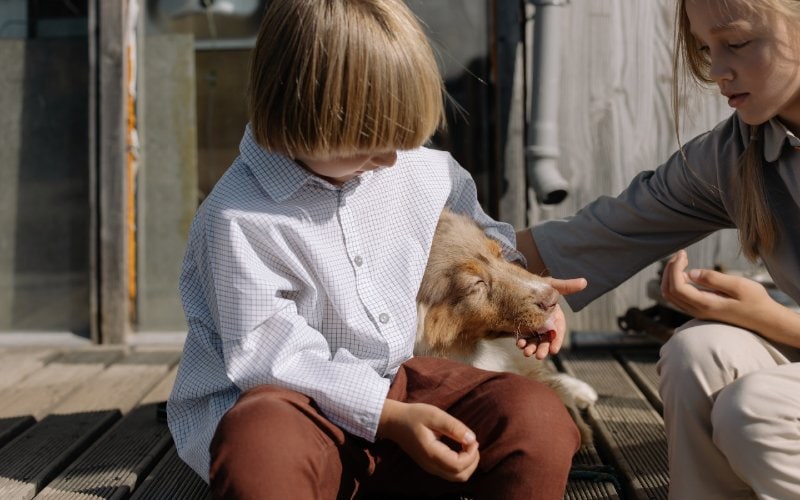
9. Teach Social Skills
Pets provide lessons in boundaries, respect, connection, and empathy. Pets need attention and care, and a child must be empathetic and compassionate to form a strong bond with their pet.
10. They’re Fun!
Whichever pet you have, the truth is that having a pet is fun. Each has a unique personality that you and your child will enjoy getting to know.

Do Pets Benefit From Living With Kids?
You may wonder, does it work the other way around as well? Do pets benefit from living in a home that has kids? Well, certainly this depends on the animal species and their temperament. Pet fish will not care much about whether there are kids in the home, but a puppy or a kitten may form a bond with a child quite easily. This will depend on the child as well, their age and level of understanding. Smaller children should not be left unsupervised with any pet animal, in order to minimize injuries or bites and scratches.
However, many young pets will find kids’ company pleasurable especially during those first few months and even years when they are most playful, as children are more likely to interact with them. Growing up around kids, for a puppy or a kitten, can go a long way towards appropriate socialization, putting them in various situations and teaching them how to behave around children. Puppies and kittens will learn to tolerate and accept children, unlike pets that have never lived with one and are not used to seeing or having kids around. Still, there always needs to be a degree of caution, as sometimes dogs and cats that have spent their whole life surrounded by kids may unintentionally harm a child, by jumping up while playing, scratching, or worse.

Conclusion
There are many reasons a pet makes the perfect addition to a family. When making this decision, you must also consider which animal is suitable for your family. Research is your best friend, as is discussing it with your family. Pets take up a lot of space and demand attention and time, so the whole family needs to be on board. Whichever pet you select, we’re sure it’ll be no time before they’re fast friends with everyone, not just your kid!
Featured Image Credit: Rebecca Scholz, Pixabay
